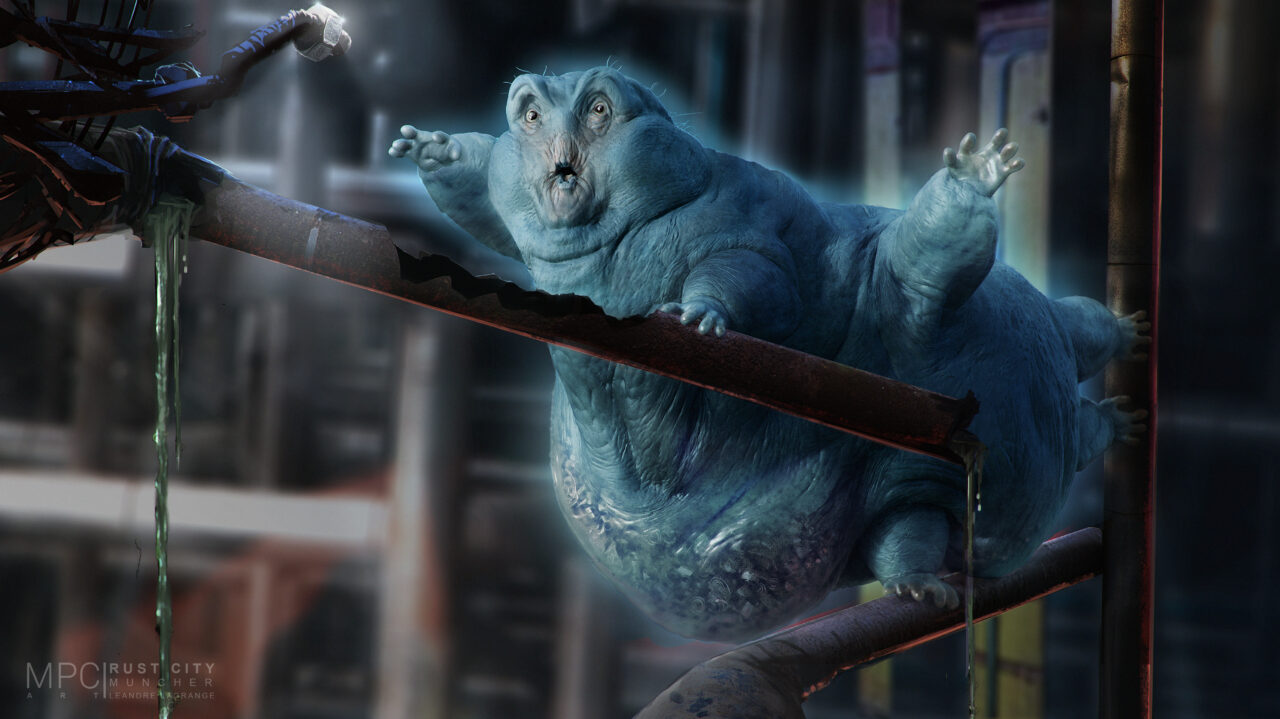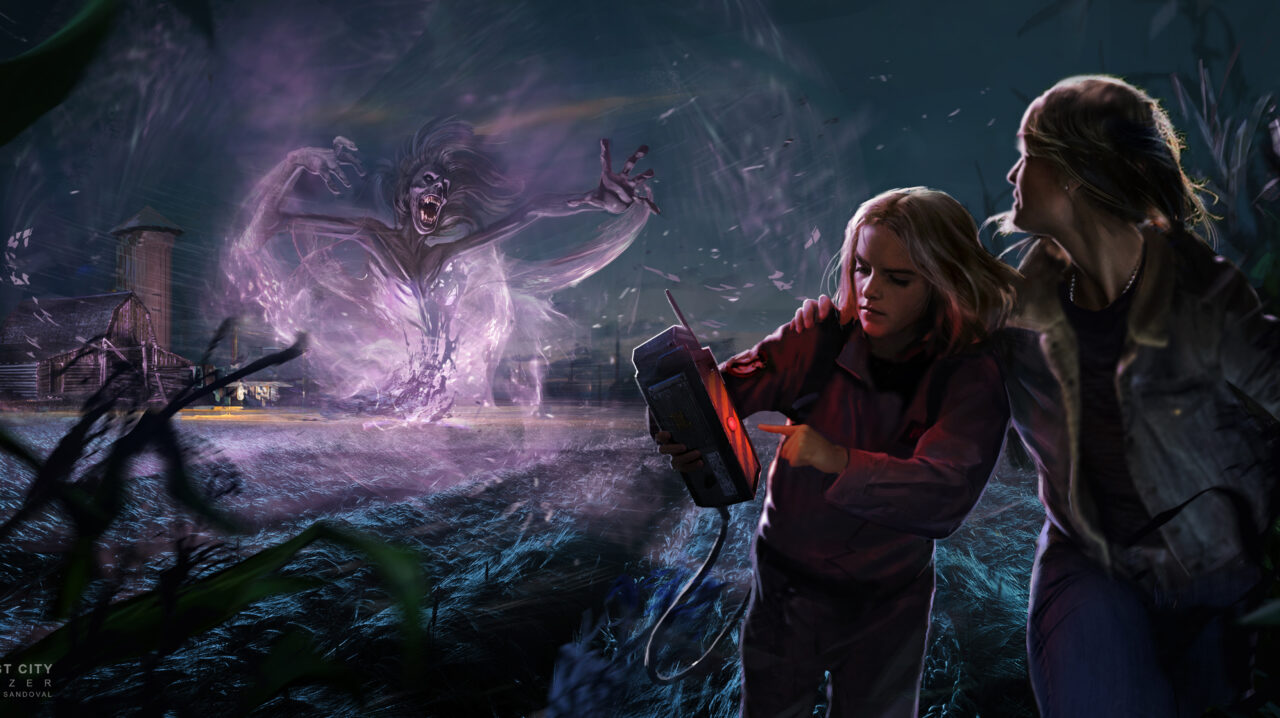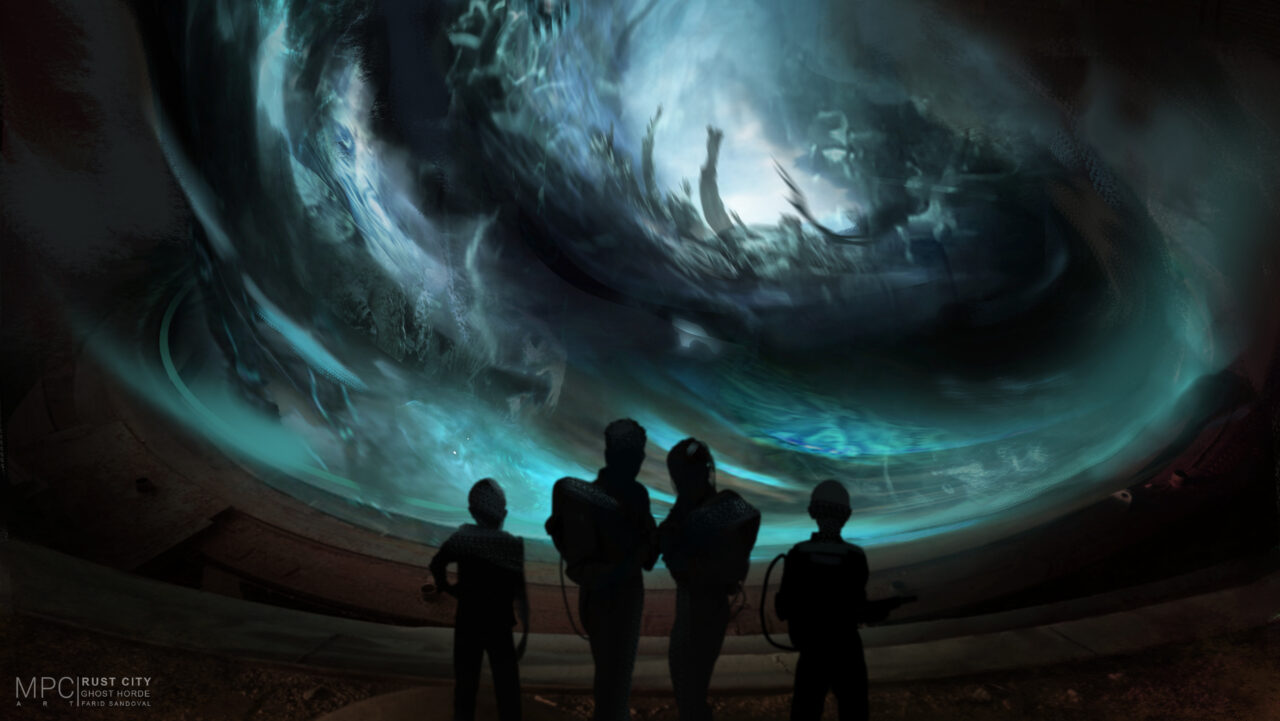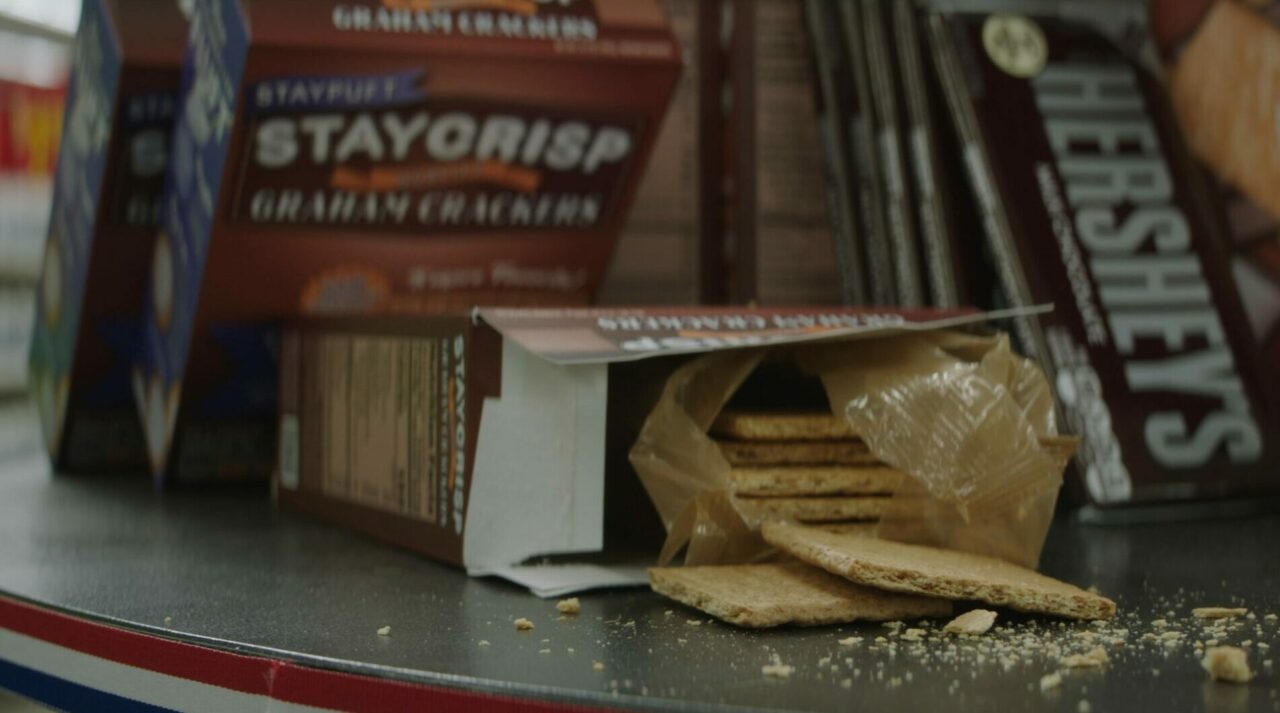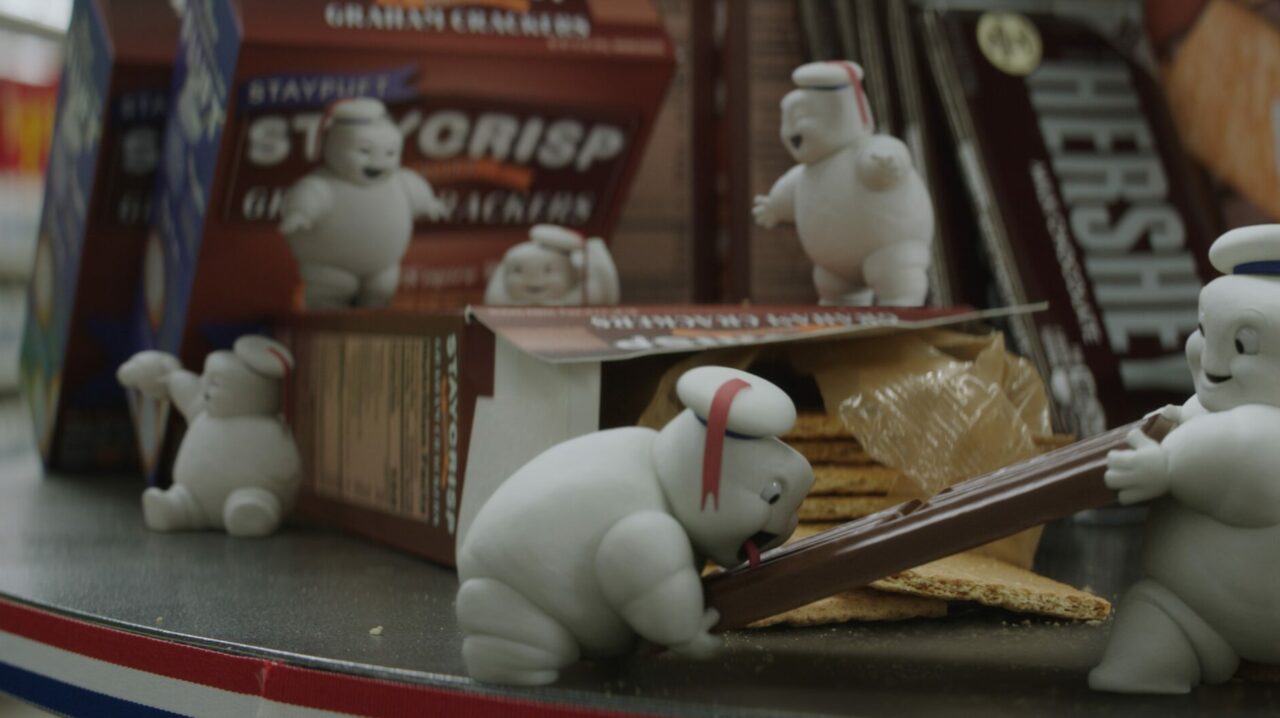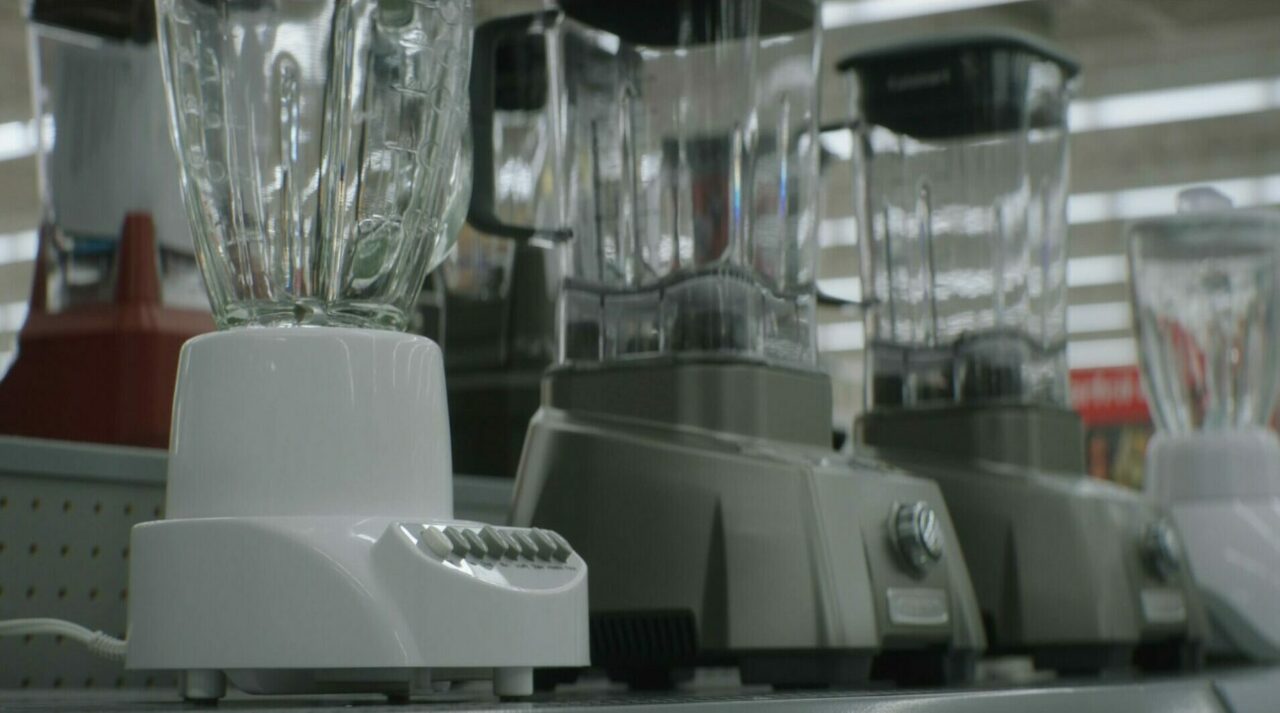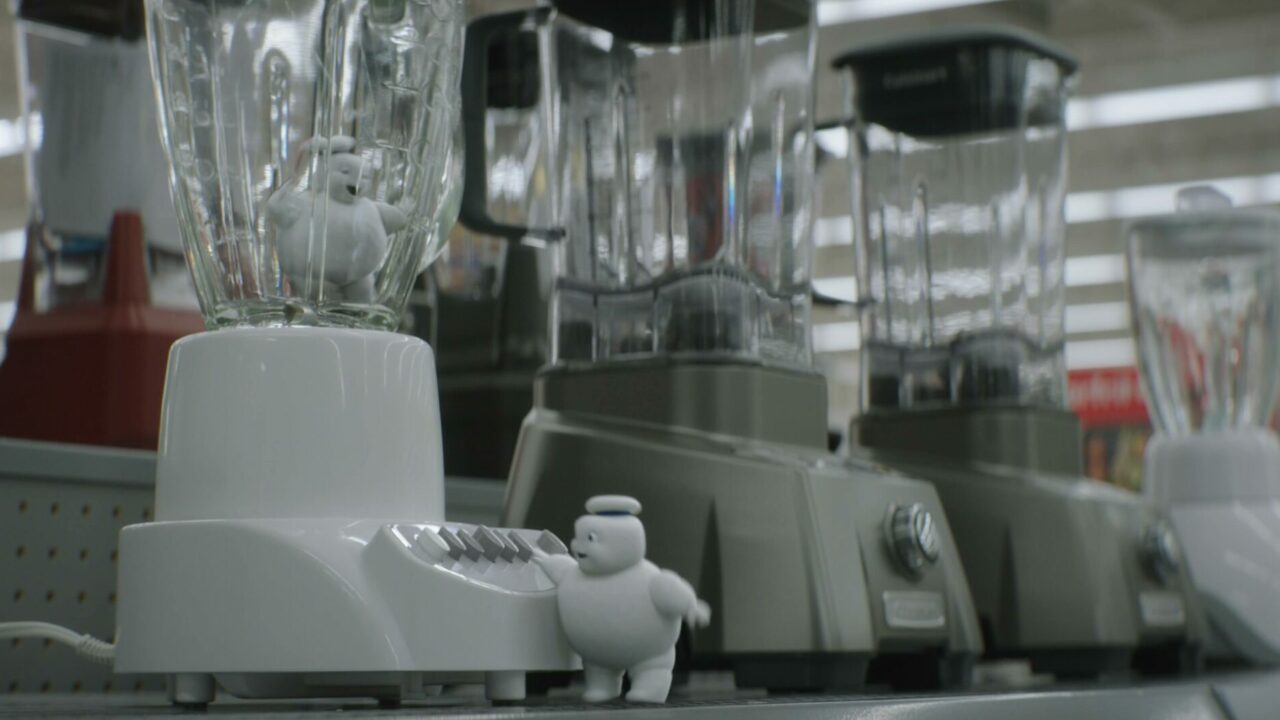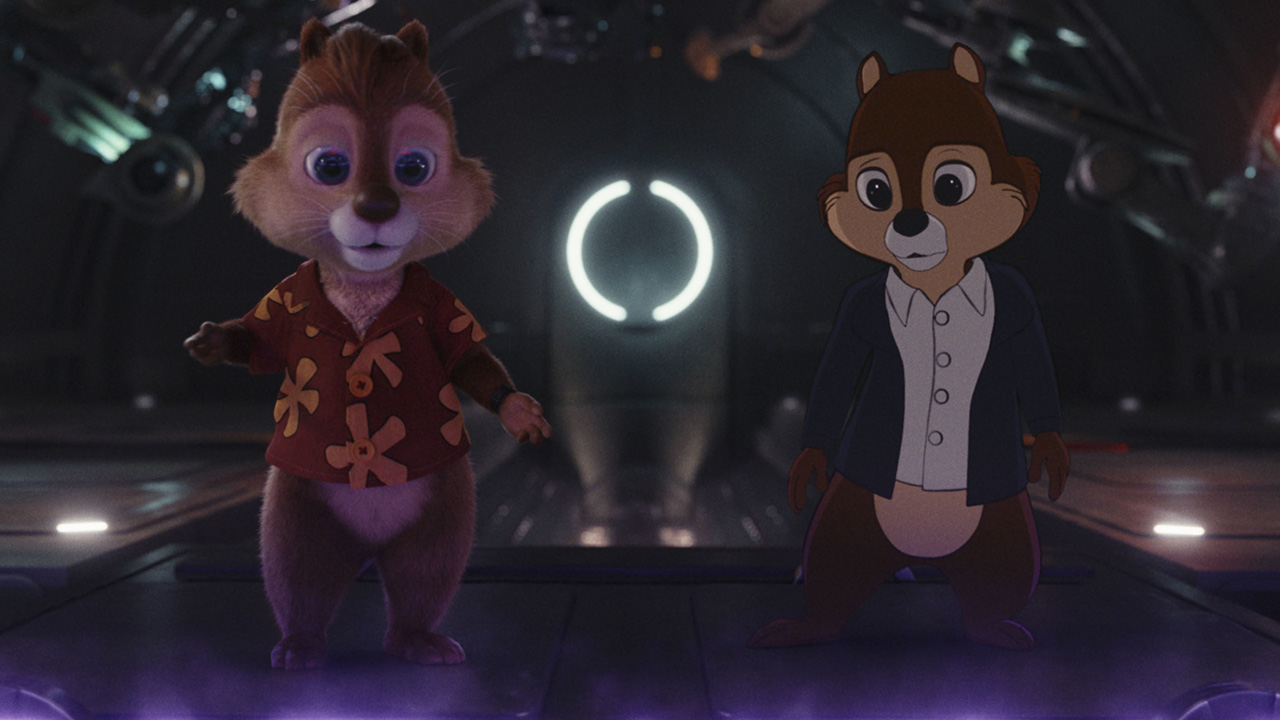From director Jason Reitman and producer Ivan Reitman, comes the next chapter in the original Ghostbusters universe.
In Ghostbusters: Afterlife, when a single mom and her two kids arrive in a small town, they begin to discover their connection to the original ghostbusters and the secret legacy their grandfather left behind.

MPC VFX Supervisor Pier Lefebvre, DFX Supervisor Sebastien Raets and VFX Producer Sarah Moussaif worked alongside Production VFX Supervisor Alessandro Ongaro to deliver Director Jason Reitman’s vision for Ghostbusters: Afterlife. A team of VFX artists, production crew and software developers spread across 3 continents, collaborated to work on some of the movies most complex visual effects and animation.
MPC Visualization were involved in the very early stages of development, to work on the design of Muncher, whose appearance is to remind the audience of the original ghost, Slimer. For this, Art Director Leandre Lagrange said “extensive research was carried out on the horde of ghosts seen in the original Ghostbusters and Ghostbusters 2”. The team created several pieces of key art for the city chase scene with the Ecto-1 and Muncher, as well as the designs for the new custom proton trap and its effect on the ghosts. They also explored the transformation of Gozer, the malignant entity from another dimension, as she shifts into Gozer Spirit.
MPC’s biggest challenge was to bring the character of Dr. Egon Spengler, played by the late Harold Ramis, back to the big screen. To begin to craft a photorealistic digital Egon, MPC’s Character Lab team began by building a library of reference material from the 1984 and 1989 Ghostbusters films, and were provided access to digital scans of previously unseen footage. From studying the footage, they were able to select key angles and facial expressions to begin to create an accurate likeness. Once they were confident with the matching of the young, the team inserted him into shots from the original Ghostbusters movie and organized a screening for the filmmakers to see if they could tell which shot was from the movie and which was the digital Egon. The next stage was to explore the aging process to reflect the concept art supplied by the filmmakers. Alongside the concept art, the Character Lab team was supplied with scans and photography of the double who performed on set. Texture artists supplemented this with its own library of skin maps and photography of a life model of a similar age.
The Character Lab team then began to develop the features. They used nuanced facial modelling techniques and rigging to ensure MPC’s animators could create a convincing and emotional performance, and photorealistic hair and skin was developed. Particular attention was given to the look development of the eyes.
It was a huge honour to be entrusted with bringing Egon back to the screen for Ghostbusters Afterlife, and we were humbled and overjoyed with the positive response from Harold’s family.”
Pier Lefebvre, MPC VFX Supervisor
MPC created the visual effects for several other scenes in the movie, including a sequence in which mischievous mini Stay-Puft marshmallows cause havoc in Walmart. “Animating the Mini Stay-Puft scene was one of the moments when you remember why we want to be animators in the first place” said Animation Supervisor Christophe Paradis. “Everyone’s ideas were on the table to choreograph the perfect combination of gruesome, evil, infantile, savage, clumsy, unhinged and funny, all while creating an identifiable twist of unique personality to each of them.” With a horde of frantic marshmallows wreaking havoc on screen, it was important to naturally direct the eye to the right place by carefully pacing their actions.

In turn, this allowed for the team to add additional gags outside of the center of attention. Some inspiration and reference for the scene included another movie released in 1984, Gremlins. MPC was delivered the character assets which were ingested its pipeline and rigged and additional some burnt variations were created, The mini Stay-Pufts were hand animated, with the team referencing toddlers to recreate the elements of clumsiness and cuteness in their movement.
